The "Slavery in Romania: Myths and Truths on Gypsies Walking Tour" invites participants to confront the often-overlooked history of the Roma community, whose enslavement lasted for centuries. This journey not only challenges widespread stereotypes but also highlights the community’s vibrant culture and significant contributions to society. As they walk through historical landmarks, you will uncover layers of truth that many are unaware of, prompting a reevaluation of preconceived notions. The tour promises to reshape perspectives, leaving one to wonder—what other truths about Romania’s past remain hidden?
This experience made our list of the 20 Best Walking Tours In Bucharest.
Good To Know
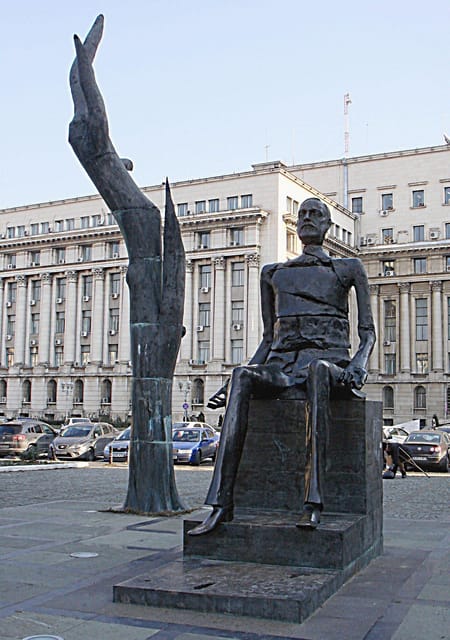
- The tour explores the history of slavery that the Roma community faced in Romania from the 14th to the 19th centuries.
- Myths about the Roma, such as all being nomadic or inherently criminal, are addressed to promote understanding and acceptance.
- Key landmarks include the old slave market, Romanian Athenaeum, and Holocaust Memorial, providing historical context to the Roma experience.
- Engaging storytelling by knowledgeable guides enhances the understanding of Roma culture and its contributions to Romania’s heritage.
- The tour offers a flexible booking process with free cancellation up to 24 hours in advance, making it accessible for participants.
Tour Overview
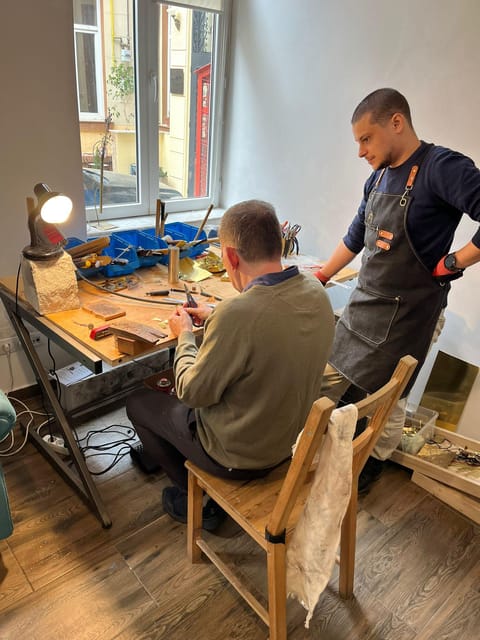
On this captivating walking tour, participants explore the complex history of slavery and the Roma community in Romania. Priced from $28.67 per person, this three-hour experience unfolds in English, making it accessible to a broad audience.
With a focus on revealing the myths and truths surrounding the Roma culture, the tour provides valuable insights into the historical context of slavery and its lasting impact on today’s society. Conveniently, participants can enjoy a free cancellation policy, allowing them to adjust their plans up to 24 hours in advance.
Plus, the tour offers a reserve now, pay later option, making it even more flexible. This journey promises not just learning, but an engaging exploration of Romania’s rich and often overlooked history.
You can also read our reviews of more walking tours in Bucharest
Experience and Itinerary

Participants will embark on an enlightening journey starting at McDonald’s Romana, where the walking tour kicks off. This three-hour experience delves into the historical and cultural narratives surrounding the Roma community. Key stops include the site of the old slave market, Romanian Athenaeum, and Cismigiu Gardens, providing a comprehensive view of the area’s significance.
| Key Stops | Optional Activities |
|---|---|
| Site of Old Slave Market | Jewelry Workshop with Roma Craftsman |
| Romanian Athenaeum | |
| Holocaust Memorial |
Engaging storytelling and informative discussions guide participants through Revolution Square and Piața Kogălniceanu, making history come alive in a meaningful way.
Historical Context
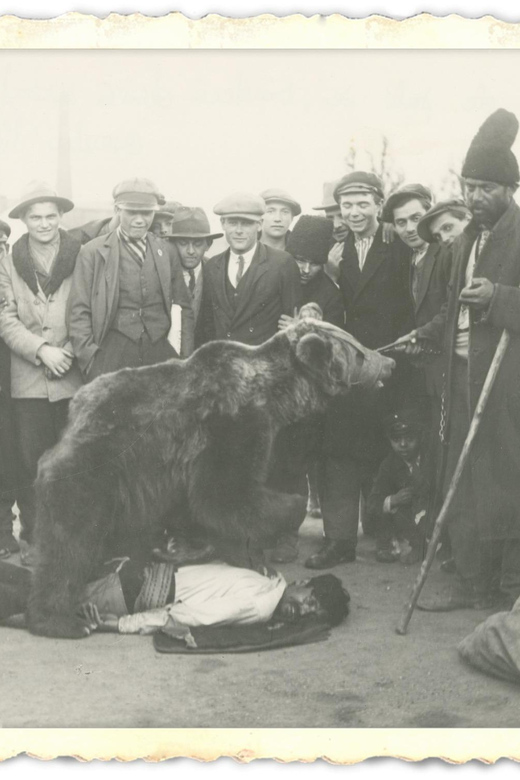
Throughout history, the Roma community in Romania has faced significant challenges, including the harsh realities of slavery and systemic discrimination.
From the 14th to the 19th centuries, many Roma were enslaved, primarily working on estates or in households, often enduring brutal conditions. This dark chapter profoundly shaped their identity and social status, perpetuating stereotypes that persist today.
Following the abolition of slavery in 1856, the Roma continued to grapple with prejudice and marginalization, particularly during the communist era, which sought to assimilate them forcibly.
Despite these struggles, the Roma have maintained rich cultural traditions, contributing to Romania’s diverse heritage.
Understanding this historical context is crucial for recognizing the ongoing impacts of discrimination and the resilience of the Roma community.
Myths About the Roma
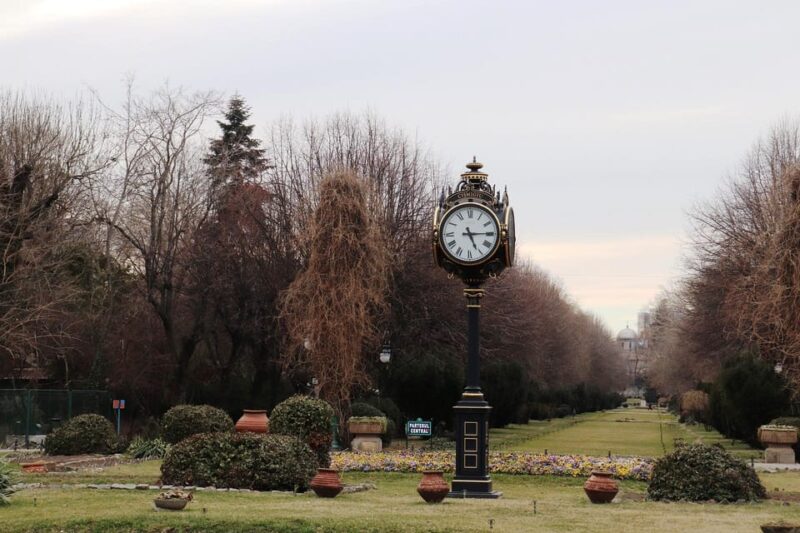
Challenging misconceptions about the Roma community is essential to fostering understanding and respect. Many believe that all Roma people are nomadic, which isn’t true; while some maintain a nomadic lifestyle, many have settled in permanent homes.
Another common myth is that Roma individuals are inherently criminal, a stereotype rooted in discrimination rather than fact. In reality, the community is diverse, with various occupations and contributions to society.
Plus, the idea that Roma culture is wholly exotic overlooks their rich traditions and history, which are often intertwined with regional cultures. Dispelling these myths helps to promote a more accurate and empathetic view of the Roma, paving the way for greater acceptance and inclusion in society.
More Great Tours NearbySignificant Landmarks

Bucharest’s historical tapestry is woven with significant landmarks that tell the story of the Roma community and their enduring legacy.
The Romanian Athenaeum stands as a symbol of national pride, showcasing the artistic achievements of the country.
Nearby, Cismigiu Gardens, the oldest and largest park in Bucharest, offers a serene backdrop, inviting reflection on the Roma’s connection to nature and culture.
The Holocaust Memorial poignantly commemorates the Roma victims of persecution, reminding visitors of the community’s struggles.
Revolution Square serves as a testament to the socio-political changes that shaped Romania, including the experiences of the Roma.
Each landmark not only enhances the city’s beauty but also deepens the understanding of the complex history surrounding the Roma people.
- Bucharest to Dracula Castle, Peles Castle and Brasov Guided Tour
- Draculas Castle, Peles Castle and Brasov Day Trip From Bucharest
- Transylvania and Dracula Castle Full Day Tour From Bucharest
- Small-Group Day Trip to Draculas Castle, Brasov and Peles Castle From Bucharest
- Bohemian Bucharest Markets and Mahallas Traditional Food Tour
- Draculas Castle, Brasov and Peles Full-Day Tour From Bucharest
Traveler Experiences

During their journey through the streets of Bucharest, travelers on the "Slavery in Romania: Myths and Truths on Gypsies" walking tour often express a profound appreciation for the insights gained about the Roma community. They highlight the guide’s expertise and the balance of history and personal stories that bring the past to life. The tour fosters understanding and empathy, leaving a lasting impact on participants.
| Experience Type | Highlights | Traveler Feedback |
|---|---|---|
| Historical Stops | Slave market, Holocaust Memorial | "Eye-opening and emotional!" |
| Cultural Insights | Roma craftsman workshop | "Authentic and engaging!" |
| Guide Interaction | Knowledgeable and friendly | "Made the history relatable!" |
| Walking Pace | Comfortable with breaks | "Perfect for all ages!" |
| Overall Rating | 5/5 based on 19 reviews | "A must-do in Bucharest!" |
Booking Information

Booking a spot on the "Slavery in Romania: Myths and Truths on Gypsies" walking tour is straightforward and convenient.
Interested participants can secure their place for just $28.67 per person, with the tour lasting three hours. The experience kicks off at McDonald’s Romana, making it easy to find.
Those who might’ve a change of plans can take advantage of free cancellation up to 24 hours in advance for a full refund. Plus, the reserve now and pay later option offers flexibility.
The tour is conducted in English, ensuring accessibility for a wide audience. With engaging guides and a thoughtfully planned itinerary, it’s a perfect way to explore the rich history of Romania’s Roma community.
The Sum Up
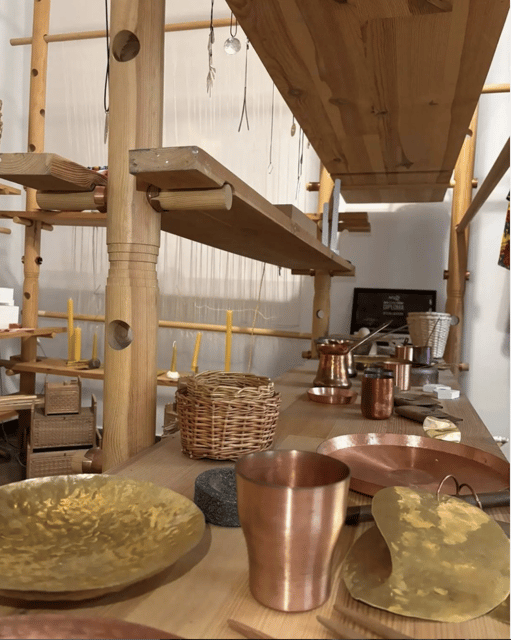
The "Slavery in Romania: Myths and Truths on Gypsies Walking Tour" offers an enlightening journey into the often-overlooked history of the Roma community. Participants leave with a clearer understanding of their rich culture and the realities of past injustices. By challenging myths and visiting significant landmarks, the tour fosters empathy and appreciation for Romania’s diversity. This experience not only educates but also encourages meaningful conversations about heritage and identity, making it a must for anyone interested in the region’s history.
You can check availability for your dates here:More Walking Tours in Bucharest
More Tours in Bucharest
- Bucharest: Tour of Christmas traditions & decorations
- Private tour to Transfgran – Top Gear Road
- Bears and Dracula Private Full-Day Tour from Bucharest
- Full-Day Private Tour of Bucharest and Mogosoaia Palace
- Tuk Tuk Best of Bucharest Tour – SpecTukular!
- Private Movie Castles at Peles, Cantacuzino and Bran Castle Tour
More Tour Reviews in Bucharest
- Bucharest: Tour of Christmas traditions & decorations
- Private tour to Transfgran – Top Gear Road
- Private One-way Transfer Bucharest Airport to Hotel or vice versa
- Bears and Dracula Private Full-Day Tour from Bucharest
- Full-Day Private Tour of Bucharest and Mogosoaia Palace
- Salt Mine, Lunch at Wine Cellar and Dracula’ s Tomb – Small group
Not for you? Here's more nearby things to do in Bucharest we have reviewed
- Bucharest: Tour of Christmas traditions & decorations
- Private tour to Transfgran – Top Gear Road
- Private One-way Transfer Bucharest Airport to Hotel or vice versa
- Bears and Dracula Private Full-Day Tour from Bucharest
- Full-Day Private Tour of Bucharest and Mogosoaia Palace
- Salt Mine, Lunch at Wine Cellar and Dracula’ s Tomb – Small group
- Tuk Tuk Best of Bucharest Tour – SpecTukular!
- Private Movie Castles at Peles, Cantacuzino and Bran Castle Tour
- Bulgaria – Ivanovo Rock-Hewn, Hiking at Hotnitsa & Veliko Tarnovo
- Bear Watching in Transylvania 2-Day Tour
- Wine Tasting in Bucharest long version
- Bucharest Otopeni Airport private departure transfer (Hotel to Airport)
